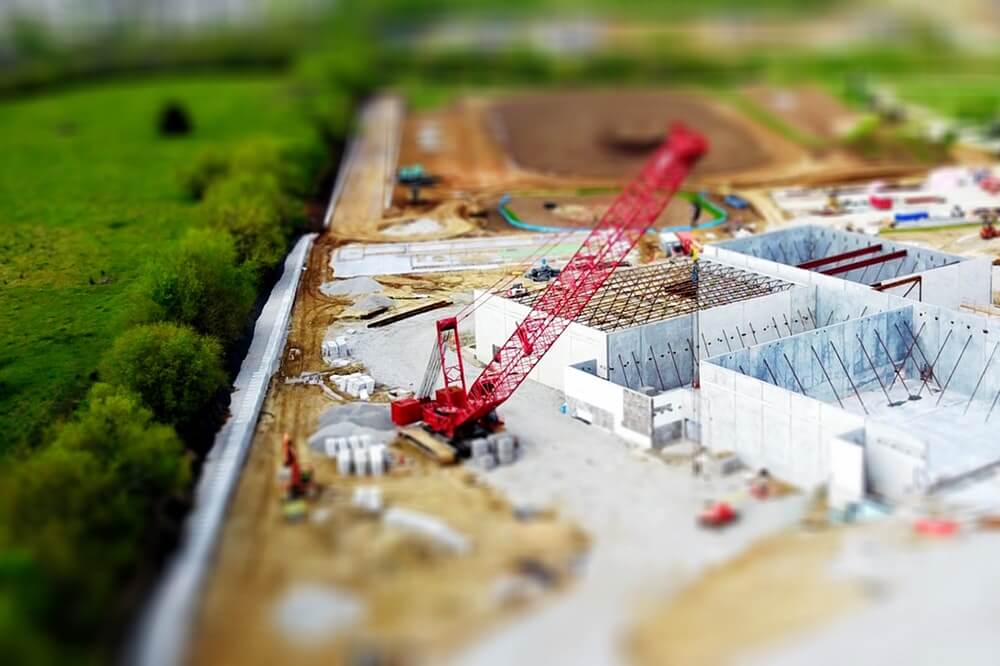 Variety is the spice of life, is it not? According to someone who coined it as a frequently used phrase, there is value in mixing things up. We do it in our recipes, we do it with our wardrobes, we probably even do it with our different relationships.
Variety is the spice of life, is it not? According to someone who coined it as a frequently used phrase, there is value in mixing things up. We do it in our recipes, we do it with our wardrobes, we probably even do it with our different relationships.
At Restumping Melbourne, we like to believe that this phase translates perfectly to the body of work that we’ve become so well-known for. We like to keep things spicy, it’s why we always continue to expand our body of work. How on earth would we be able to stay so on top of our game, and so on top of the industry if we decided to remain complacent. Answer? We wouldn’t.
So we keep it moving, and we keep looking for new and dynamic plots of land on which we can help reinforce your foundations. If you’re one of our newer blog visitors, then you’ll quickly learn what we’re best known for – our underpinning, restumping and reblocking offerings. Each helps keep your home or business’ structure safe and secure, so that you can get back to worrying about what’s most important – enjoying your life with your loved ones.
Back to those new and dynamic plots of land… dynamic is the key word here. We want every project to be different, because it’s the best way for us to learn. Here are a couple of examples why:
Small Homes: There’s quite literally no room for error here. You’re looking at lower square meters, so we need to be strategic about the ways that we lay out the stumps that help hold up the structure. Homes like this teach us how to be creative problem solvers and definitely enhance our attention to detail.
Large Homes: Large can be subjective, (as can small), but if you’re working with a good size lot, there is most likely a lot of work to be done. Properties like this educate us on the importance of not slacking off. If there’s a larger body of work to be done, that doesn’t mean that we have more time to relax and not worry about it. It means that we need to be lean in our resourcing approach and coaches us on the best ways to support our teammates, so that we can all go home and you can get back in yours as quickly as possible.
Homes on sloped lots: There are so many benefits to living on hills or in hilly areas. Namely? The views that you’re most likely enjoying at the end of a long day. There are trade-offs though, and they’re all structural. When you live in a sloped lot, you need to be extra cognizant of the elements. Rain water and earthquakes cause huge amounts of structural damage. Lots like this remind us why we love a challenge, and hopefully impress you with our know-how and experience.
Questions? Let us know. We can’t wait to hear from you.


